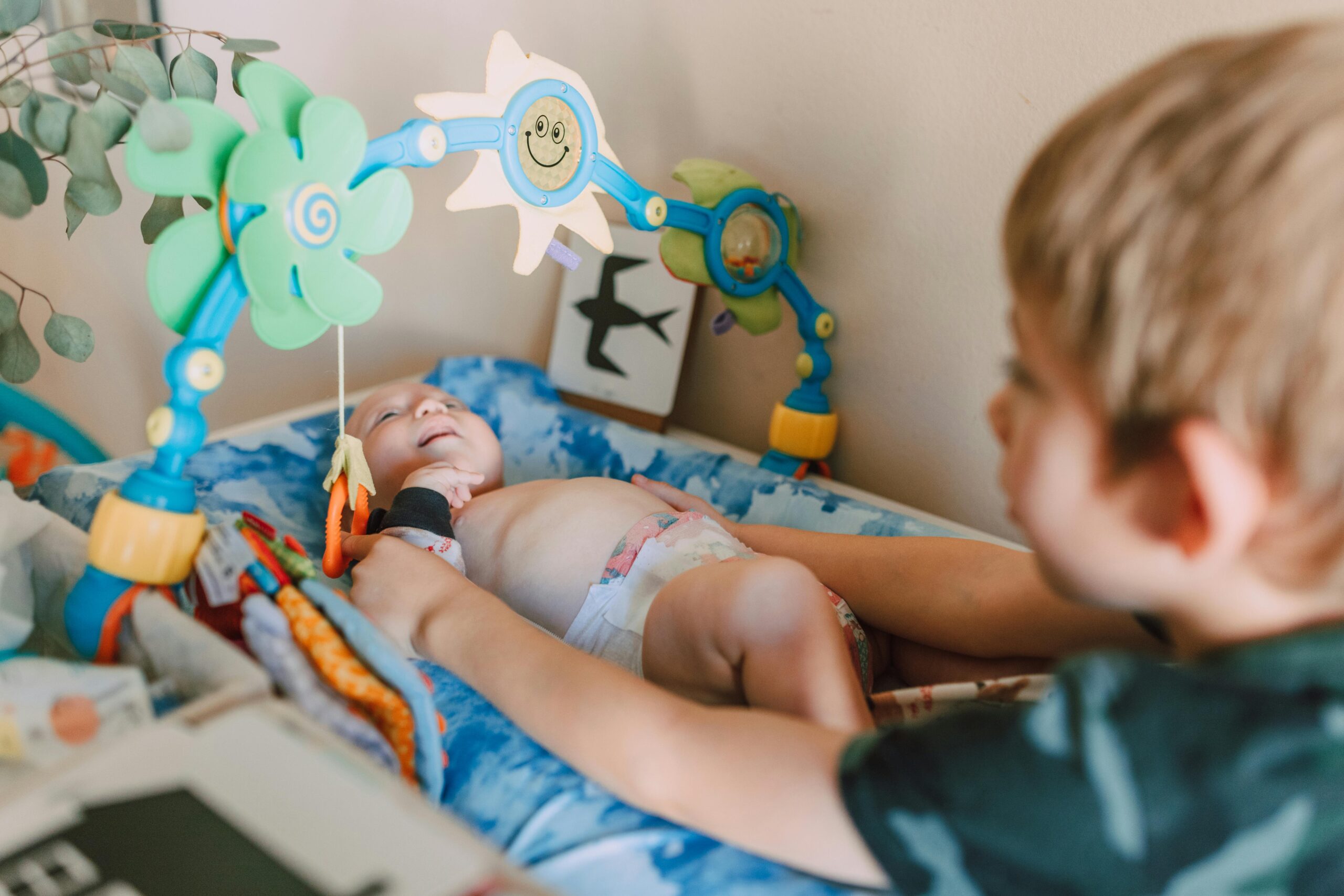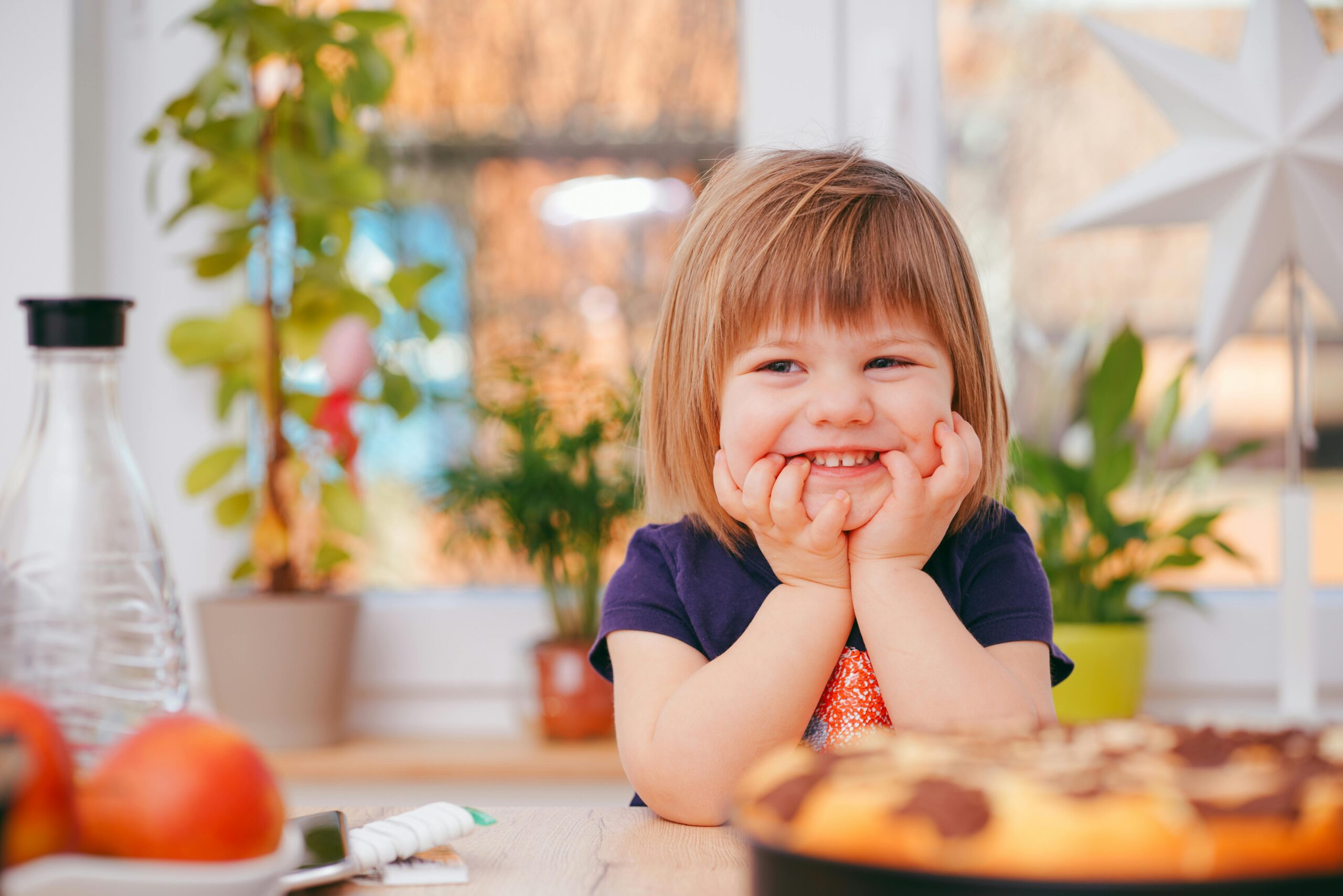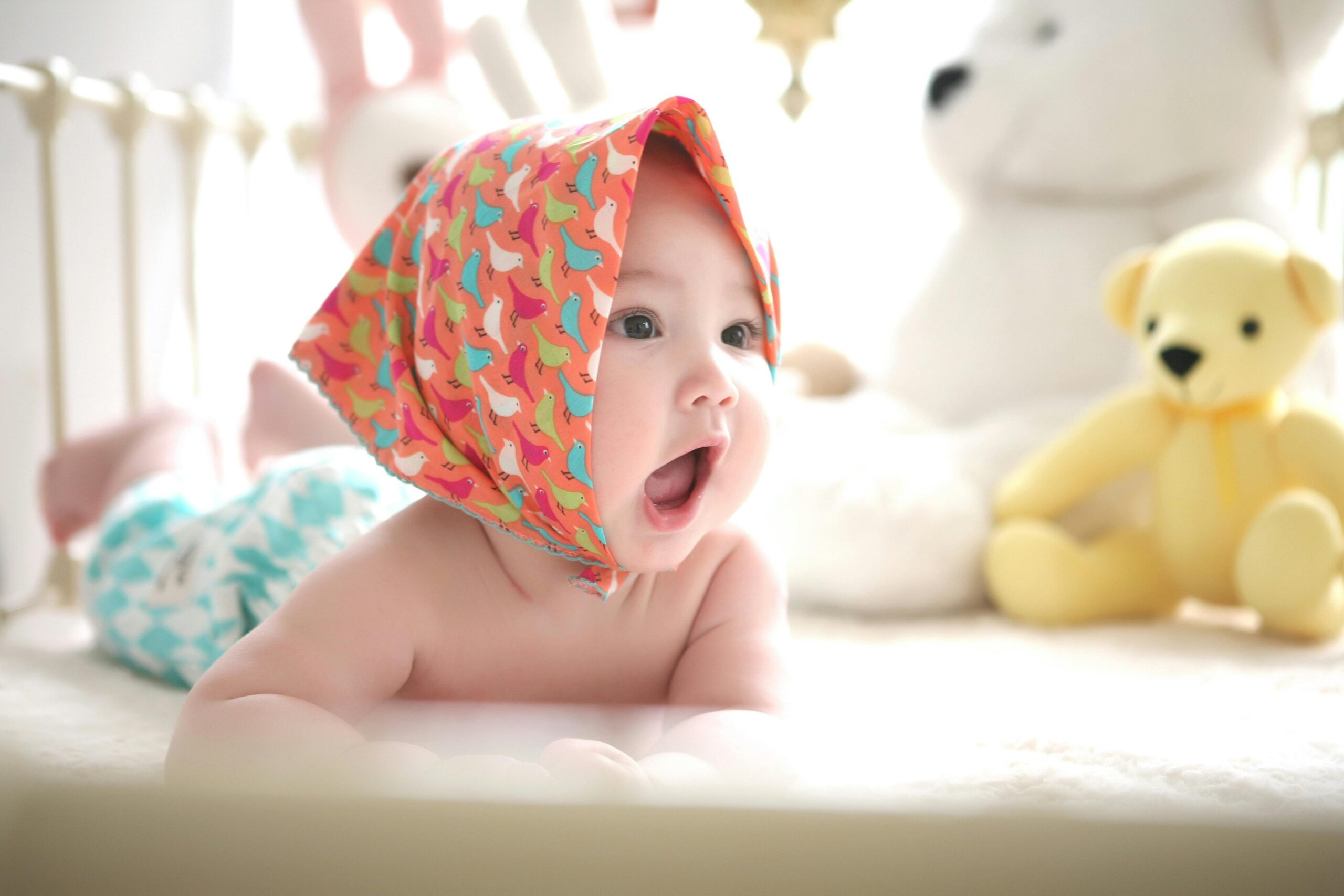Data shows that at least 85% of teens have used related washing and care products, specifically including China’s children skin care products, in the past year, and the current market size is around 3.6 billion yuan, with expectations for continued high growth rates. The upsurge of teenage skincare, alongside the dedicated segment of China’s children skin care products, can be credited to shifts in consumer awareness within this demographic, the fine-tuning of age-specific skincare by the industry, and the broad demographic outreach of brands collectively propelling this burgeoning trend.
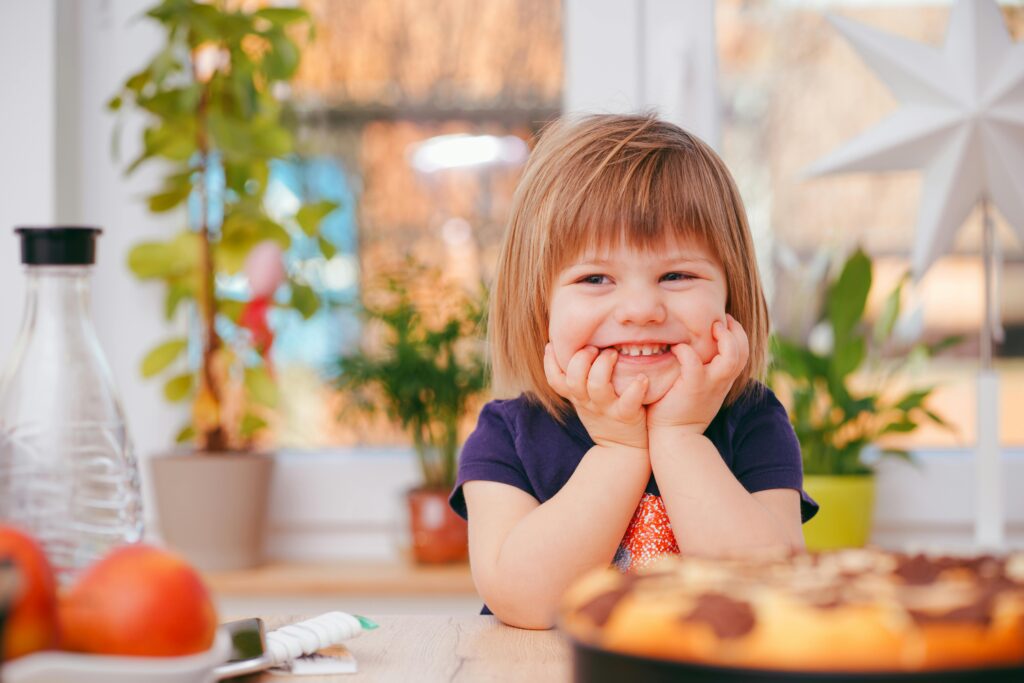
The following article is from the author Lijin.
Why has teenage skincare, with the incorporation of China’s children skin care products, been pinpointed as a burgeoning blue ocean, and what prevented this niche from gaining prominence in previous years?
It boils down to previously either the category being deemed non-profitable or the market demand remaining indistinct.
Surveying the demographics, China houses at least 100 million teens aged 12-18, providing a vast consumer base for teenage skincare and China’s children skin care products.
Additionally, according to analysis, teenagers’ skincare demands center around acne management, blackhead removal, and oil regulation—requirements that mainstream commodities, including those from China’s children skin care sectors, can now adequately fulfill.
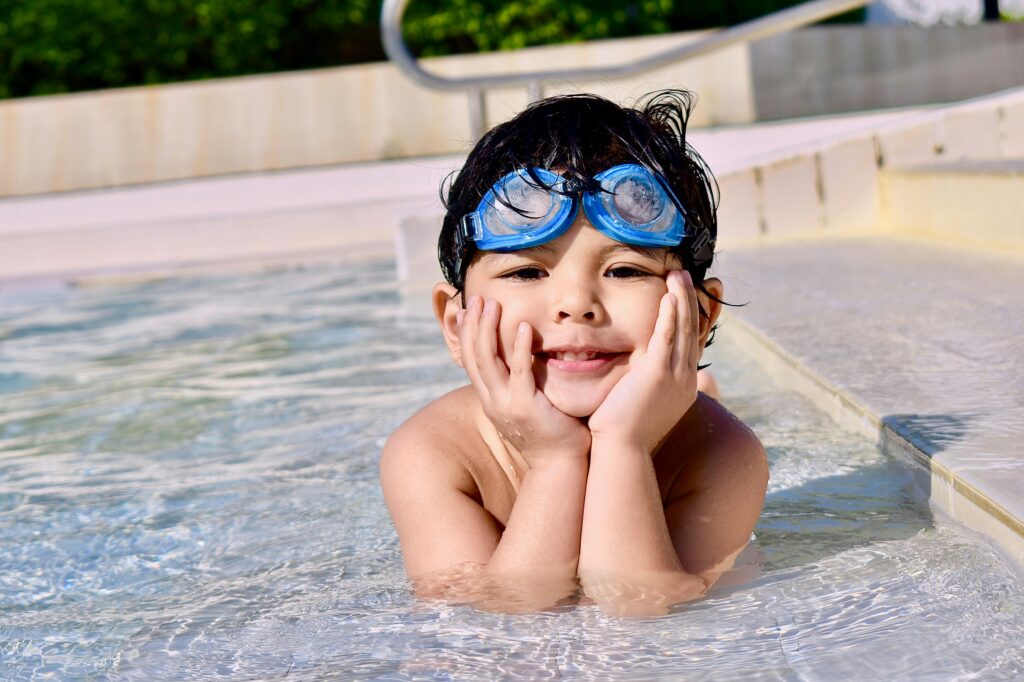
Skin Problems Among Teen Consumers
No obstacles exist regarding demographics, demand, or technology; nonetheless, this segment had lain dormant until its spectacular surge in popularity over the last year.
The upswing of teenage skincare, intertwined with China’s children skin care products, is the culmination of shifting consumer mindsets among teenagers, industry-specific classification, and the organic, age-oriented audience outreach by brands.
Parental Influence Reigns
Teenage Skincare and China’s Children Skin Care Products Take Spotlight
Mirroring the baby and child segment, decisions concerning teenage skincare, notably involving China’s children skin care products, are predominantly under parental control, highlighting a clear split between the end-users and the decision-makers.
Market studies into teenage skincare, with a special emphasis on China’s children skin care products, reveal that 82% of choices are made solo by parents, whereas 18% consider their teens’ preferences, showcasing a parent-driven precedence.
The former invisibility of this demand could be attributed to parental oversight or the lack of emphasis on “daily maintenance,” overshadowed by other concerns.
The reasons are not complex. Tradition dictates that teens should temper concern for their looks, evading vanity accusations. Further, as teenage skin woes are often temporary, expected to abate with age, they weren’t prioritized.
Where issues persist or escalate, parents may overreach and pathologize, seeking clinical remedies. Once resolved, the matter typically rests there.
Nonetheless, with the broadening of general knowledge and evolving attitudes, teenage skincare, particularly China’s children skin care products, is now a viable topic of discussion:
Teens are increasingly image-conscious, and good skin is tied to self-esteem and personal growth;
Social media enables teenagers to access pertinent knowledge, better comprehend their skin requirements, and proactively seek solutions;
Crucially, parents born in the 1980s, comprising the majority of this current era, enjoy improved economic standing and educational attainment, hence their readiness to invest in their offspring’s skincare.
Research shows that at least 85% of adolescents engaged with pertinent washing and care commodities, including China’s children skin care products, in the last year, reflecting a market worth approximately 3.6 billion yuan, with robust growth projected onwards. While parental instigation dominates, the willingness to consume, particularly in China’s children skin care goods, has crystallized, heralding this niche’s emergence as an incipient blue ocean with billion-yuan prospects.
Age-Related Skincare
China’s Children Skin Care Products Forge a New Category
Age-related skincare suggests providing suitable commodities as per varying age-based necessities.
Historically, this age-based skincare largely classified adult age groups’ needs, with teenage skin requirements ambiguously met by either infant or adult items, often neglecting China’s children skin care products.
Scanning the brand landscape, distinct teenage skincare brand lists are absent in the market; even as surveys of adult skincare and baby skincare brands reveal renowned related brands interspersed among the two sectors.
Mainstream skincare brands, integrating adult-oriented names, command an average cost of around 130 yuan.
Within the baby skincare division, addressing infants aged 0-3, the standard price hovers at about 80 yuan.
Exploring mainstream skincare effectiveness, moisturization, restoration, and anti-aging dominate, suiting adult requisites; conversely, baby skincare centers on safety, stressing moisture—yet neither pays enough heed to teenage needs.
Teenage epidermis, characteristically more hormone-fueled, sebum-rich, thinner corneum layer, and weaker self-regulation compared to adults, also features heightened absorption, necessitating utmost safety and product gentleness.
Product-wise, gaps remain for acne care, cleansing, regulating oil, and soft moisturizing—spheres still unexplored by brands. These needs imply low entry barriers; they beseech brand awareness of consumer demographics and market trends.
Targeting the Teen Market
Safety Paves the Way for Baby Brands
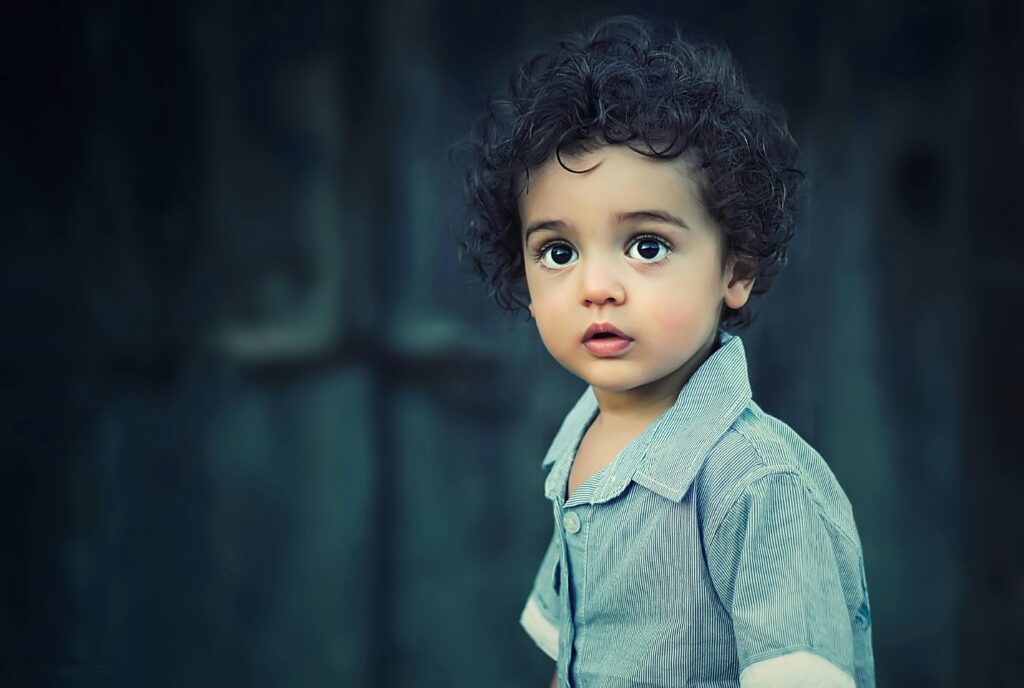
As earlier noted, with teenage skincare decisions, particularly pertaining to China’s children skin care products, still largely falling to parents, safety trumps efficacy.
Perspectively, this audience poses a boon for infant brands extending their scope. This isn’t solely since teens evolve from baby demographics but also due to consumer trust in baby brands’ safety credentials, especially concerning their use for youths.
Reviewing brands engaged in the teenage skincare domain, swift adaptive infant brands dominate domestically, with names like Kangaroo Mom and Turtle Dad leading China’s children skin care products.
For the clientele, existent awareness and faith in baby skincare brands streamline transitions to analogous offerings for older children.
Brand-wise, the infantile customer span lasts mere infancy years. Extending to older children and teens can prolong customer engagement, thereby inflating Lifetime Value (LTV).
Lijin’s Remarks
Under the aim of age-specific skincare, the category yet harbors latent potentialities, like teenage and China’s children skin care products awaiting untapped.
Consider gender variances, catering to distinct physiological aspects; development stages demand finer segmentation, with each phase calling for certain product applications.
Varying settings can also spawn a plethora of sub-products. For instance, teenagers’ high outdoor activity level translates to significant sun protection needs, potentially prompting the innovation of safer, more potent sunscreens.
Ultimately, excellent merchandise creation stems from deep consumer comprehension and acute pain point addressal. Brands ought to commence from user stances, delineate usage settings, engage in co-creation with users, and sculpt standout products, services, and experiences, ensuring a breakthrough in this lucrative blue ocean market.
Keywords:
1. China’s Children Skin Care Products



